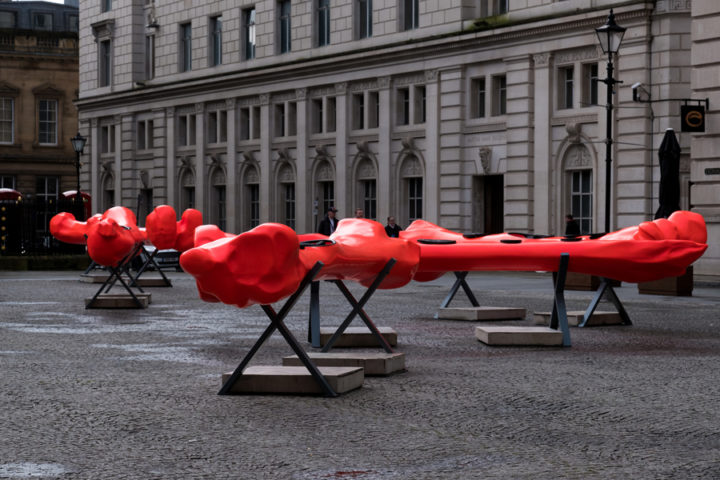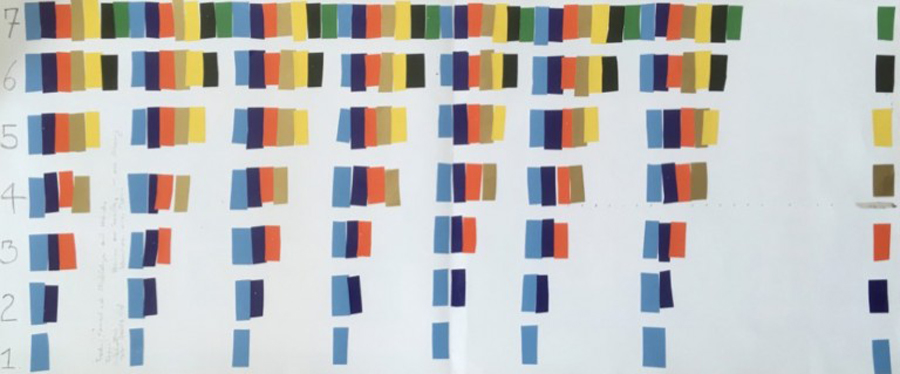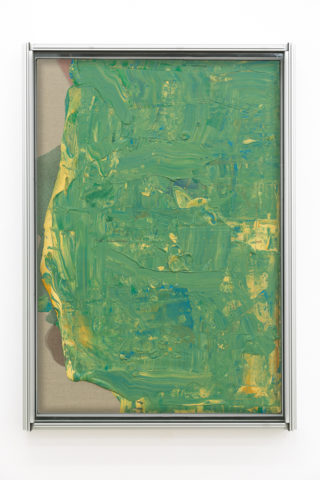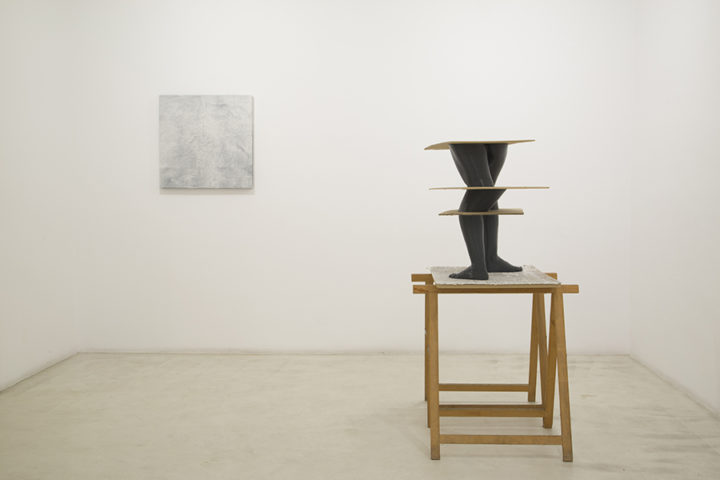Liverpool Biennial 2021
The Stomach and the Port
20 March – 6 June
Biennial is the UK’s largest festival of contemporary visual art. Taking over unexpected and public spaces, historic sites and art galleries, the Biennial has been transforming the city through art for over two decades. The 11th edition, The Stomach and the Port, explores notions of the body and ways of connecting with the world. 50 international artists and two collectives are taking part in this year’s Biennial. A dynamic programme of free exhibitions, performances, screenings and fringe events unfolds over the 12 weeks, shining a light on the city’s vibrant cultural scene. Liverpool Biennial: The Stomach and the Port is curated by Manuela Moscoso.
Teresa Solar presents a newly commissioned outdoor installation, titled Osteoclast (I do not know how I came to be on board this ship, this navel of my ark), at Exchange Flags. Composed of five kayaks, each sculptural piece reflects on the shape of a bone in the human anatomy. The sculptures anchor on the history of Liverpool as one of the most active ports in facilitating transatlantic trade in Europe. Solar’s work draws a parallel between bones – as hollowed structures, full of cavities, carriers of tissues, veins and cell communities – and vessels, vehicles of migration, transmitters of bodies and knowledge. In contrast to the enormous ships that were, and still are, built and docked in Merseyside, Solar’s kayaks, turned into a disarticulated skeleton, set the human body at sea level and evoke the sometimes-forgotten fragility of the human body over the sea. At the same time, they also celebrate our capacity for transition and transformation.
Commissioned by Liverpool Biennial and Liverpool BID Company with support from Acción Cultural Española (AC/E) and the Henry Moore Foundation.



